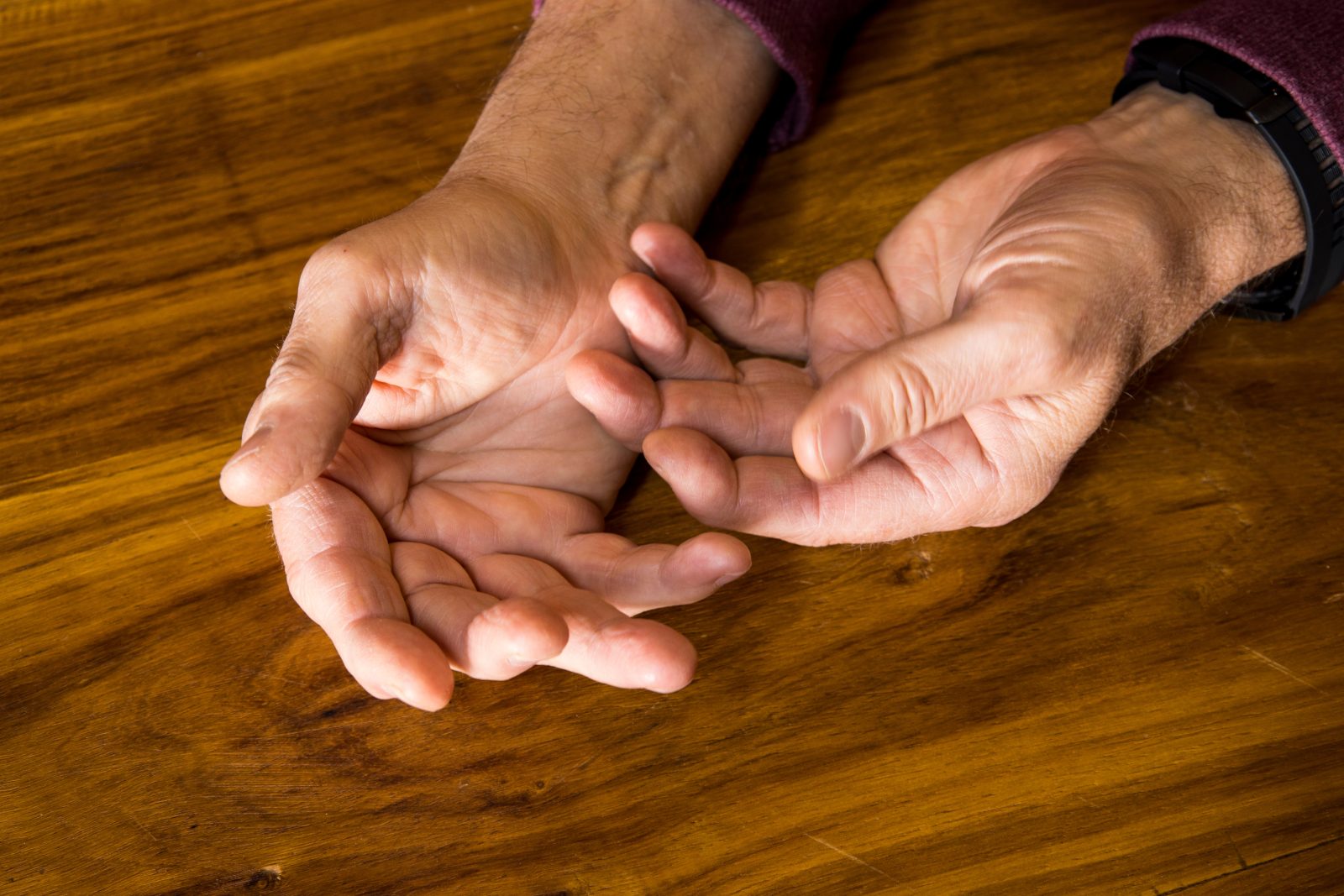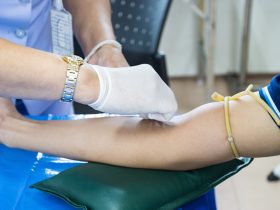For many individuals, the greatest morning challenge might be deciding whether to hit the snooze button once or multiple times.
However, individuals diagnosed with Psoriatic Arthritis (PsA) may face a different struggle: getting out of bed altogether. PsA, characterized by painful joint inflammation, sore muscles, and stiffness that can persist for hours, can make mornings difficult and sometimes unbearable.
The positive news is that most PsA patients, many of whom also have the skin condition psoriasis, experience improvement with proper treatment. Nevertheless, PsA sufferers might still endure flare-ups triggered by stress, infections, changes in medication, or weather shifts, and these flare-ups can be especially severe upon waking.
To address this, here are 5 simple strategies for making mornings a bit more manageable.
- Scan Your Body And Check On How You Feel
For many people dealing with Psoriatic Arthritis (PsA), mornings can be particularly challenging. When the symptoms first emerge, simple movements in bed can feel excruciating. In these instances, it might take up to an hour for relief to be felt.
Even though medication can help, the initial hours after waking up remain critical. To manage this, it’s important to start the day with a comprehensive assessment of how the body is feeling, from head to toe.
Getting out of bed can be a slow process, especially when a flare-up is imminent. It might take a good half hour to simply stand up.
During this time, it’s beneficial to consider what can be done to make the morning easier, whether it’s preparing a special breakfast or establishing a self-care routine.
- Take Your Time
PsA affects the joints, causing inflammation and pain that can make it difficult to move around and perform daily activities. Morning stiffness is a common symptom of PsA, which can make it particularly challenging to get out of bed and start the day.
In order to address the common issue of morning stiffness, it’s important to allocate extra time in the mornings. This necessity has been underscored due to the prevalence of Psoriatic Arthritis (PsA).
For individuals living with this condition, morning stiffness can be particularly acute. Upon diagnosis, patients often find themselves needing to gradually ease out of bed, often with the assistance of a pillow, to manage the pain before they can comfortably stand.
While medication can provide some relief, the initial hours after waking up are still crucial. The right approach to addressing morning stiffness starts right from waking up, with breathwork, stretching, and meditation proving to be effective in helping alleviate these symptoms.
However, integrating these practices into a morning routine can be a challenge. The idea of setting the alarm earlier to allow for extra time to prepare, navigate through the day, or even to just make coffee can be daunting.
Even allocating an additional 15 to 20 minutes at the start of the day can be difficult to incorporate.
- Try Stretching In Bed
Stretching before getting out of bed can be an effective way to reduce morning stiffness and improve joint mobility and it works even better if you also combine it with active stretching.
This can help prevent injuries and improve overall joint health. Stretching helps increase blood flow to the muscles and joints, which can reduce stiffness and improve flexibility. It also helps lengthen the muscles, which can help relieve tension and reduce pain.
When stretching, it’s important to focus on the areas that are most affected by PsA, such as the lower back, hips, and shoulders. Hip-opening stretches, such as the pigeon pose, can help relieve tension in the hips and improve flexibility.
Child’s pose can help stretch the lower back and reduce stiffness in the spine. Gentle neck stretches and shoulder rolls can also help relieve tension in the shoulders and improve mobility in the upper body.
In addition to stretching, it’s also important to maintain a healthy lifestyle, which can help reduce inflammation and improve overall joint health. Eating a balanced diet, getting regular exercise, and managing stress can all help reduce the symptoms of PsA and improve quality of life.
- Take Care of Your Feet
Foot pain, particularly in the morning, is a common complaint among individuals with Psoriatic Arthritis (PsA). The feeling of walking on “broken glass,” as described by many patients, is often associated with inflammation in the balls of the feet.
For those with dactylitis, a condition characterized by the swelling of an entire digit, such as a finger or toe, this pain can be particularly acute.
To manage foot pain, it’s essential to take precautions. Walking barefoot can exacerbate discomfort, so keeping a pair of comfortable shoes near the bed can provide immediate relief.
Experts recommend selecting shoes with a wide fit and a spacious toe box. This can help reduce pressure on the feet and toes.
For individuals who have had foot issues since a young age, investing in shoes with proper arch support and ample cushioning can be critical. For example, wearing roomy shoes with strong arch support, like Crocs, to cushion the feet before they touch the ground can provide relief.
Moreover, the right pair of shoes should not require a break-in period, meaning they should be soft enough to wear immediately while also providing ample support. This is crucial, as foot inflammation can affect an individual’s gait, potentially leading to hip, back, knee, and ankle pain.
Therefore, proper footwear plays a vital role in managing not only foot pain but also other associated musculoskeletal issues.
- Do Not Give Up Exercising
Many individuals worry that exercise could aggravate their symptoms, but healthcare experts emphasize the importance of staying active for those with autoimmune diseases.
They explain that avoiding exercise could potentially be more harmful to individuals with autoimmune diseases, as consistent movement can help maintain healthy joints.
This doesn’t necessarily mean engaging in strenuous physical activities. The key is to find gentle movements that you enjoy and that can help you ease into the day. Walking your dog, for instance, can be both physically and mentally beneficial, as it can provide motivation to exercise on difficult days.
It’s important to note that the specific type of activity is less important than finding one that suits your fitness level. For those who are new to exercise, starting with 20 minutes of low-impact activities such as swimming or water-based movements could be sufficient.
A combination of stretching and cardio, which could include seated yoga poses or walking on a treadmill, is recommended.
Additionally, isometric exercises, where you contract a muscle group for the duration of the exercise, can help strengthen muscles and reduce pain for individuals with autoimmune diseases.















Find Us on Socials